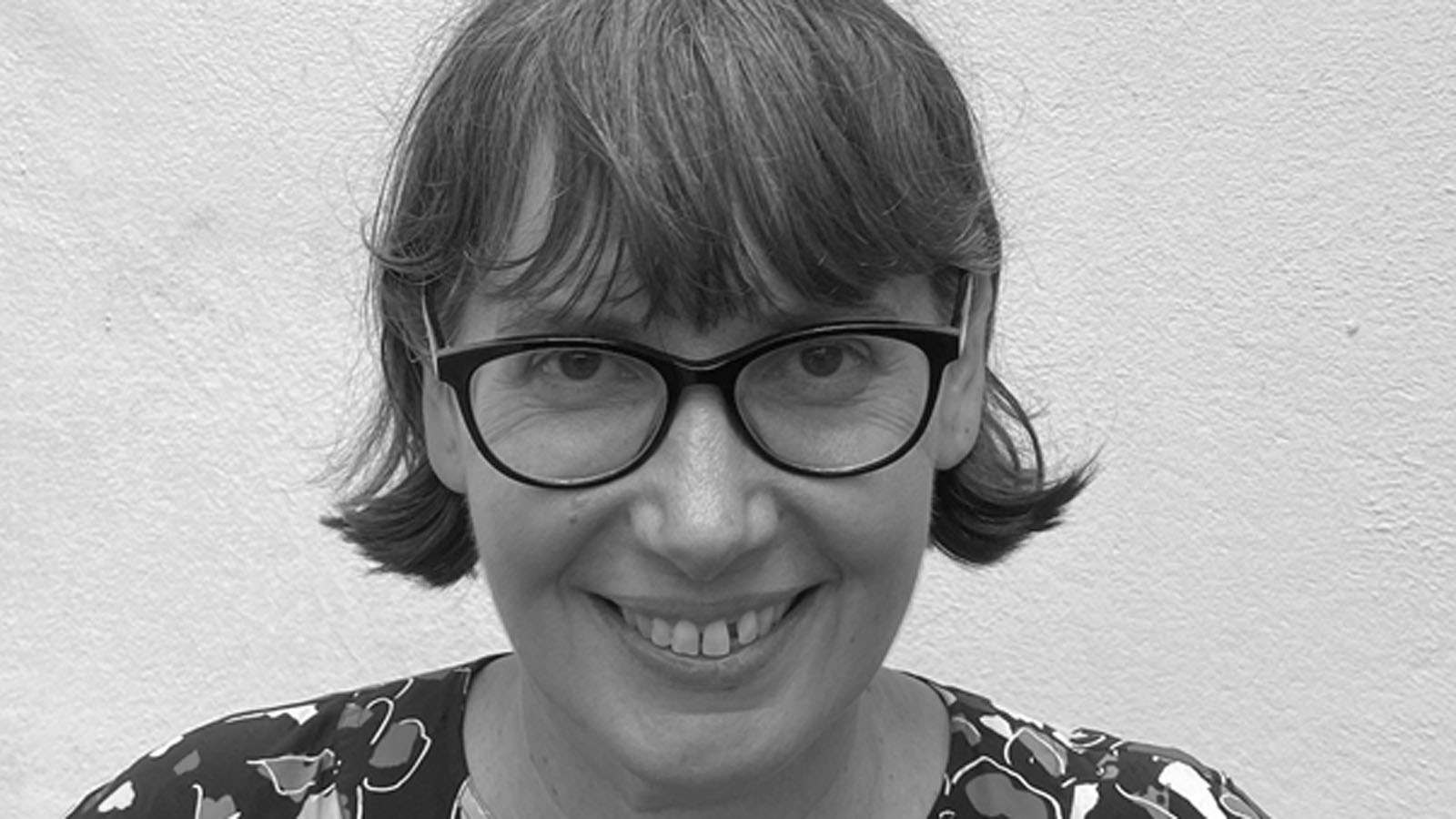
Lucile Hadžihalilović has an exquisite talent for exploring the unique, manic hells that flow forth from helicopter parenting. That particular euphemism, however, is perhaps a bit too polite for what the French writer-director’s minors are subjected to. The cloistered environments in which they live are like broken-down laboratories or overgrown gardens where moss and grime have overtaken the order. The only vestiges of “order” that remains are the controlling, batshit rituals imposed by the children’s respective caregivers. Her latest study of prepubescent confinement, Earwig, is a loose adaptation of Brian Catling’s 2019 novel of the same name. Here, Mia (Romane Hemelaers) is kept away from the rest of the world by her middle-aged guardian, Albert Scellinc (Paul Hilton), who fashions her frozen teeth out of the drool he dutifully drains from her headgear every morning. Unlike how we absorb 2004’s Innocence (about a group of secluded girls) or 2015’s Evolution (a group of secluded boys), we process this geographically and temporally indeterminate setting through the neuroses and memories of the caregiver. Albert is a veteran of an unknown war, and, suffering from guilt and trauma that gradually reveals itself over the course of the film, is often plunged into the past—or what may or may not be horrific reimaginings of the past. (Yes, someone gets glassed.) I spoke with Hadžihalilović about her approach to narrative, youth, and horror.
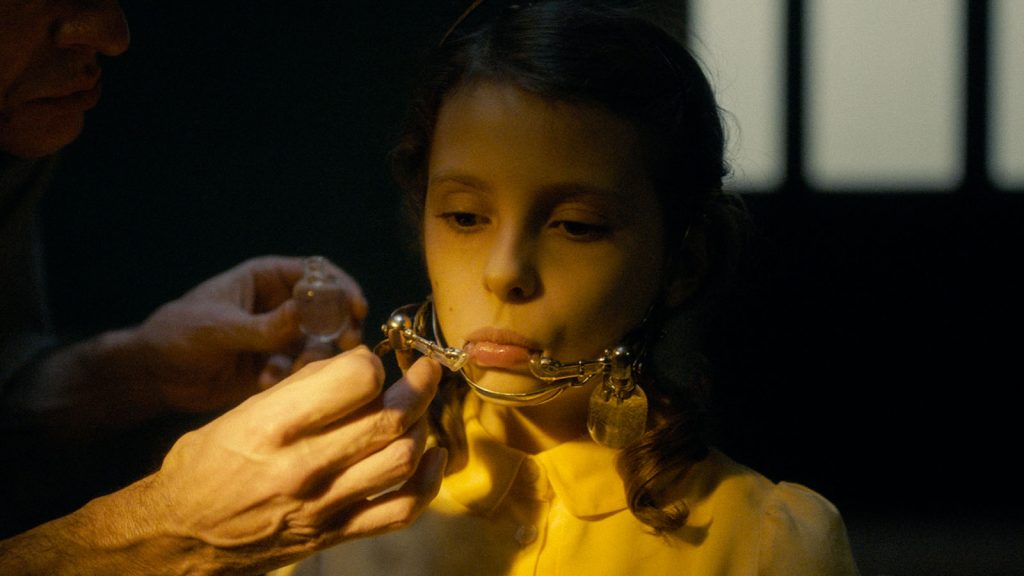
It’s been a bit over 20 years since the cycle of films that critics call the “New French Extremity” emerged. You participated in this phenomenon as an editor, producer, and screenwriter. A lot has changed in the past 20 years—in particular, the ubiquity of cell phones and digital media has given us a window into all sorts of horror, on demand, and very often when we’re not asking for it. How do you understand the relevance of shock, or extremity, in film now?
I might not be the right person to ask because I don’t use shock images or elements in my films. I am someone who is very interested, though. I guess it’s who I am. I’ve watched a lot of horror and slasher movies since I was a teenager. And, yeah, gore is everywhere, it’s in the mainstream. Whether to go more and more shocking isn’t such an easy question for me. I think shocking is good if it goes really deep inside you, but you can have very brutal images that are quite superficial. I’m more interested in [showing] disturbing things than showing [gory] things. But what is disturbing? The first very disturbing things I saw on film that have stayed with me are from The Exorcist and Bergman’s Cries and Whispers. I saw them when I was 13 or 14, and they had shocking images but also disturbing narratives, atmospheres, and relationships between people—something a bit less visible.
I also asked because this past May there was a series at the BFI that looked back on the New French Extremity. It’s fascinating to revisit those titles now, given the shifts in culture. Your collaborations with Gaspar Noé in that new genre, or at least cycle of films, were really definitive.
But it was not like a movement; it’s something that was proposed afterward by critics. For instance, in [2002], when Gaspar did Irreversible, for me it was because he is someone who really wants to throw things directly into people’s faces. I thought it was great to do that, but it just wasn’t my thing. Or something like High Tension [2003], which was extremely violent for no obvious reason—the violence was more like a metaphor—and it had the added dimension of being censored. It was interesting to see that kind of thing come from France at that moment, for sure, because it was so far removed from the very thoughtful, intelligent, talkative, and [stereotypically French] films.
Earwig can be seen as a return to the theme of disturbing visions of puberty that recurs throughout your feature-length films. But I think another way to understand your work is as an intriguing perspective on caregivers. Do you see Earwig as part of a progression, as something that should be viewed in relation to your previous films? Or by giving more screen time to Albert, the caregiver, are you trying to sort of turn that theme about the horror of puberty around?
Yeah, exactly. Someone gave me the book and said, “You should make a film out of this.” I found the novel to be fascinating. It took me to a different place. And the more I worked on the adaptation, the more I realized how similar the elements were [to things I’d done before], just maybe seen from another point of view: the point of view of the adult, or, as you said, of the person who is in charge of a child, a caregiver. And I thought it was very interesting to work on that same theme from a reverse angle.
Brian Catling has had a very multidimensional career, as a sculptor and visual artist and also as a poet and novelist. When you were preparing to adapt the book, did you look at his or other visual artists’ work? The teeth made me think of Francis Bacon’s paintings…
I suppose that Francis Bacon might’ve been an influence for Brian—we never talked about it. I have to say that I didn’t know Brian or his work before learning about the book. After reading Earwig, I looked up a few of his paintings, and some performances. But as soon as I was working on the script, I tried very hard to forget about his book and to really make it mine. Brian doesn’t like to explain anything, and he didn’t want to participate in many ways. So I could be free—and that is what I’m looking for! But I’m happy you mentioned Francis Bacon, because I think there is something [that relates to him in terms of] the deformed body, and this mental, physical struggle.
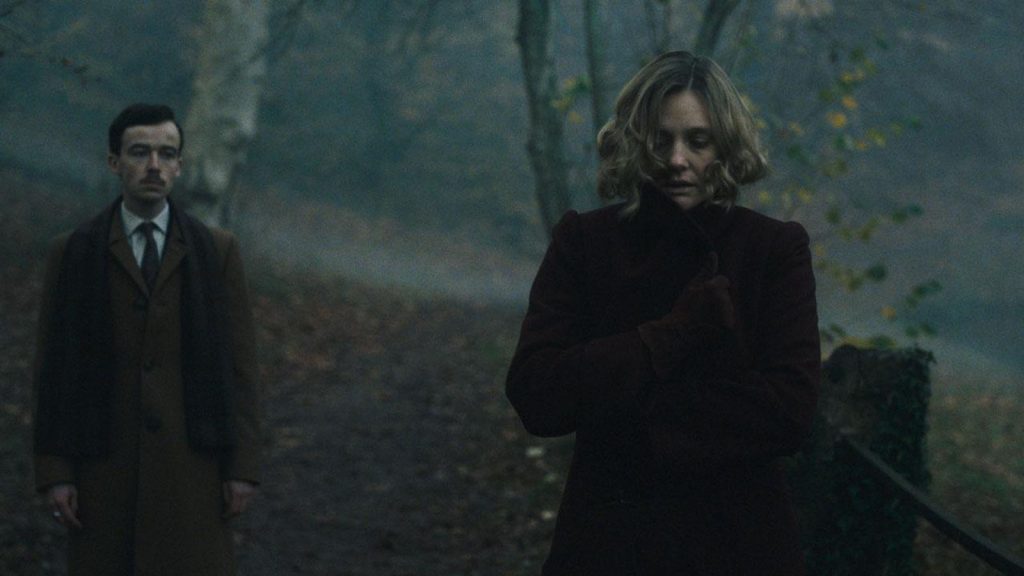
Nearly the entire first half of Earwig has no dialogue. Do you feel that this absence of dialogue—something that runs throughout your films—connects your audience to the character’s bodies, and by extension the traumas that they’re undergoing? That we’re experiencing things in a way that would be impossible if it was just like, “Blah, blah, blah, blah, blah”?
Yeah, for me it brings a tension of concentration. And I do hope that the audience is listening really carefully and waiting for something to be said, or maybe for something to happen. This kind of silence, plus the pace, is a way to put the audience in a certain state of mind, and to also physically feel the rhythm of these two people, and to inhabit their bodies.
How do you approach those silent scenes while you’re on set? Were they very meticulously planned out? Or was it something that you worked on with the actors?
It’s all about the pace. I especially wanted Paul to take his time. Romane had her own pace, and we weren’t going to change it, because she’s not [a professional]. And she’s a child, so she has a certain natural slowness. She also has this quietness about her, which I thought was very interesting; it was like, for her, this whole world is normal. I don’t know if Mia’s happy, but it seems fine for her. Albert spends all of his time watching what she’s doing, and carefully doing the teeth thing, so he has to adapt to her pace. Also, because Paul is a theater actor, I asked him to be as natural as possible, and not to express too much. I had the feeling that we were looking at him with a magnifying glass, and we would see everything on his face, every detail. And the fact that he hasn’t much to say, especially in his scenes with Mia, was something he wasn’t so used to doing. It was a challenge for him, but he was quite happy to do it.
The colors in Earwig are incredible. Again, I felt like there was a real continuity between this and, say, Innocence, with the greens and the blues. And then sometimes the way the color brown would sort of enter the frame, or be used within a frame—and the images that are shot and abstracted through glass are fantastic. I can’t quite explain the colors verbally; they’re more like textures. How did you communicate these techniques to your cinematographer, Jonathan Ricquebourg, while you were preparing to shoot?
The idea was tension with emptiness, and it was about the details. The use of color was very much planned in advance. The set designer [Jeanne Fonsny] and I worked very, very closely with the DP. The costume designer [Jackye Fauconnier], too. We decided upon a palette that had to be kind of expressive but also realistic, like [deciding] that this sort of man would wear only so many colors. Mia could also only have a bit of color, like yellow, or she could have the red coat—which of course is evocative of many things. And then the other thing was the lighting, because in the book, there’s this idea that they have to live in semi-obscurity. That was a very exciting challenge, especially because I wanted Jonathan to only use practical lights. He and the set designer worked very closely on that. Another challenge was creating the silence. We were shooting in a real location, so there were noises from outside that we had to remove afterward.
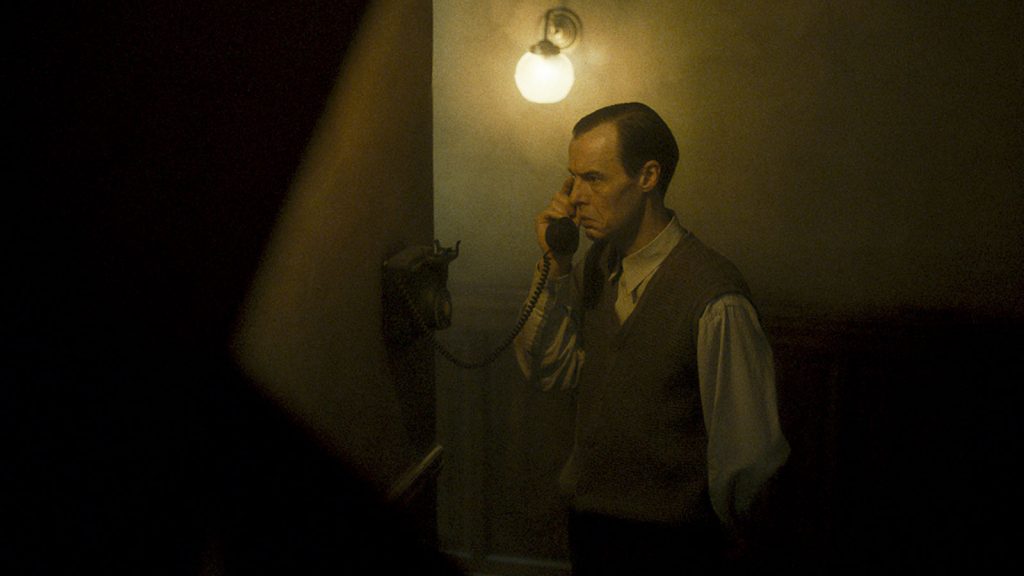
Do you feel like your relationship to narrative has changed over the course of your career?
Well, I have always been this way—except with [my first short film] La première mort de Nono [1987], which is very narrative. But with my first two features, I was surprised at first by how much some people found them to be so mysterious or not narrative enough. It’s funny because when I did Evolution after Innocence—which in a way is more like moments than narrative—I had the feeling that I was really telling a story, even though for budget reasons I had to cut a lot of stuff and many elements remained mysterious. And I am fine with that, because I don’t think it’s so important. But I felt that there really was a story with Earwig. Albert being lost between his memories and hallucinations was something that interested me, even if it comes across more in the film than in Brian’s book. I thought it was exciting to try to do a film that uses a dreamlike logic rather than a linear narrative. In Earwig, you jump from the past to what seems to be the present, something that may or may not be real. It feels like there are enough elements to get the essentials, and then it’s all about the relationship between this caretaker and the girl, or being the portrait of a man who is totally lost and confused. And so I realized from the feedback I had from working on Earwig that some people just didn’t get it. So it’s not a question of liking or not, it’s a question of the kind of audience you are. It’s very important for me that the audience have an active part in the film. That’s what I like as an audience member. I have many times heard people saying, “Oh, my films are poetic.” And I think, “Well, what do you mean by that? Is it because in a poem you sometimes have to figure out the meaning of it? It’s not just given to you?”
You have to think!
I don’t think my films are intellectual, I think that they are more emotional. And then with emotions, ideas can come. It’s not the mainstream narrative, for sure, but I feel like there’s much more extremity in other films.
Absolutely. Going back to the idea that we’re constantly bombarded with moving images, you would think there would be a lot more experimentation with film form now. But there’s this homogeneity—formal and narrative conventions that are essentially identical to practices established in the 1930s in Hollywood. Or, at least, what gets distributed adheres to these conventions. Do you feel like it’s part of your goal with making films to push those aesthetics forward? Or are you trying to do something else?
I like to take a few elements, not too many—to have less than more—and then to really carefully look at that. I think there is a richness in details and depth. I guess it’s a reaction in a way to this world where you see images so quickly, one after another, and then never see them again, because they’re disposable. And even if I have always been a bit like this, I now feel more firmly about it. And because I think it’s worthwhile to try something else, with just my small means and to at least slow down the time spent in the cinema, if you should be lucky enough to have one to go to. I was quite shocked by something I just saw—a review in which a critic wrote [something like], “Oh, it’s very hard to concentrate on watching this film, especially at home.” And I thought: you admitted that you are going to watch the film in your home, which, okay, is better than nothing. But it’s a totally different approach. You need more concentration, for sure.
I think part of that reaction has to do with what we’re trained to expect out of cinema. And that expectation also influences which projects get funded and which don’t. Relative to how much time elapsed between Innocence and Evolution, the gap between Evolution and Earwig was brief. Do you feel like people are more willing to fund your projects now? Or is it still very touch and go?
I think it was a bit easier with Earwig, maybe it’s because it’s my third feature. With your first film, it’s like, okay, you’re just kind of floating around somewhere. So maybe that helps a bit. And it’s not for no reason that this is a British production. We made it in England, and in English, because I felt that British people would understand it more than French people, and also because people from the BFI said, “We like your films, and the door is open for you if you have a project.” The system of funding art-house films is very much like commissions, and it’s very conceptual. And my films are not conceptual, I know that now!
There’s no clear era in which Earwig takes place, except perhaps the latter half of the 20th century. I read an interview where you talked about how you like late-19th/early-20th-century German literature, and, again thinking about emotions and how they lead to thought, I was curious if that helped you figure out which elements to keep from the book? There are certain things that you got rid of in order to focus on these very particular aspects of this story.
Yeah, for me, when I read the book, it was very much like it should’ve been [set in] middle Europe, so I really thought about Kafka. I felt I could have done it in Budapest or Zagreb. And then for production reasons, we decided to shoot it in Belgium, where the book is set. I felt that, maybe for French people—and I’m sure certain people will not like to hear this—Belgium’s already the beginning of central Europe. But, yeah, I very much feel that the character [of Albert] belongs to Kafka, or [Robert] Walser even more—this kind of repressed, shy, solitary, confused person.
The girl is very passive: she has things done to her. And yet, as the story goes on, we discover that the man is also in the same position, of someone being controlled and acted upon. It sort of flips this idea of which character you’re supposed to follow. When creating the story, including things that happened to him—like the violence—and the things that didn’t happen—whether they were guilt-infused flashbacks or misdirections—how did you make sense of that structurally?
The story is about a man who represses his memories, because he had—or probably had—abandoned a child. And he has to repeat these actions, caring for Mia on this journey, like a punishment. But the same guilt, the same problems return. Or maybe it’s not even a punishment; maybe it’s a reason to live after experiencing that pain, to take care of this girl. But then at some point, he has to give her back, and then it becomes a kind of punishment. It was structured in a way to mix bits of flashbacks with things that are imaginary. So Mia isn’t his daughter, but also, she is his daughter. Both are true at the same time. And maybe his boss—his master—is made up of echoes of real people, or of the people he imagined when he was a child himself. And maybe, at some point, he somehow made progress, and started to kind of remember, even if he can’t accept it fully. At the same time, there might be progress with the woman at the end [Romola Garai]. It could be like a fusion of his past and his imagination, maybe for the first time in his life. Or it’s reliving the trauma of having lost his wife. All of it is his attempt to get out of this prison, but the feeling of circularity and futility remain. I was interested in seeing him attempt to break out of this cycle.
I thought about the myth of Sisyphus from the first moments of Earwig, because Albert has to start every day the same futile way: by removing the girl’s drool and then freezing it. It’s a totally disgusting and degrading thing, and when it becomes painful to her, it means things have to change.
So maybe at least this girl changes a bit—she grows up, she becomes a teenager, and that also makes things move. But for him, it’s like he tries to survive through this perpetual movement, this infernal routine. 🩸
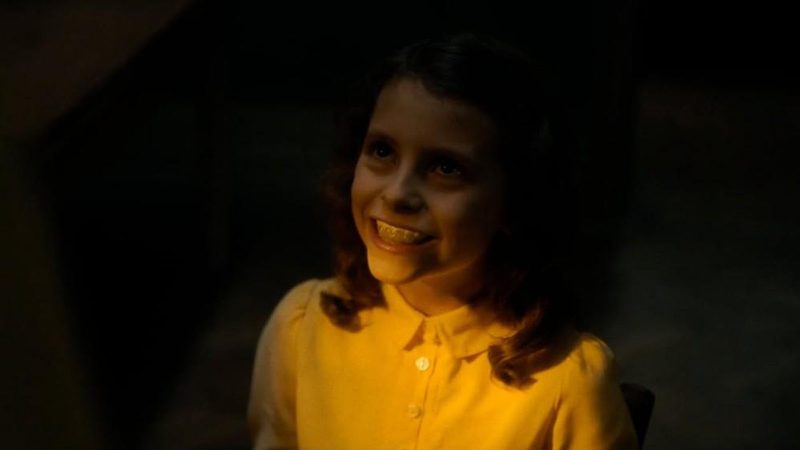
is the author of David Cronenberg: Clinical Trials. She is the former digital producer at Film Comment and the host of its podcast, as well as former VP of Digital at Harper’s Magazine.
Outside of the occasional action blockbuster or turgid documentary about the history of women’s sports, there are few spaces for female athletes in film. For every Linda Hamilton in Terminator 2, there are 500 other films where lithe actresses stick to running in heels...
BY VIOLET LUCCA | November 7, 2024
Jennifer Reeder is a proudly Chicago-based, truly independent filmmaker with over 25 years of experience in the business.
BY MARGARET BARTON-FUMO | May 10, 2022
It’s an unfortunate fact of life: even super-smart women sometimes end up with terrible boyfriends. This, along with a very different tragic, universal reality—everyone’s body radically changes and deteriorates with illness...
BY VIOLET LUCCA | October 31, 2022

This pre-Code offering packs a lot of story into its typically brisk running time, with several plot threads weaving together a (not always successful) tapestry of spooky and criminal doings.
READ MORE >
BY ANN OLSSON | Month 00, 2021
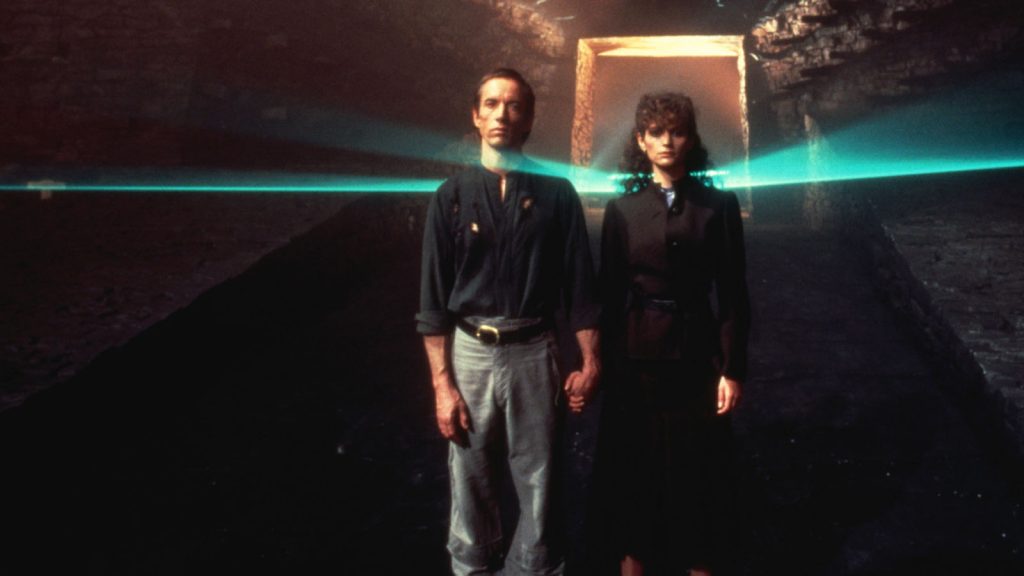
In what could be the fastest-resulting rape revenge movie, a drunken lout brutally forces himself on Ida, the young woman who doesn't return his affections, during a party over Labor Day.
READ MORE >
BY LAURA KERN | Month 00, 2021
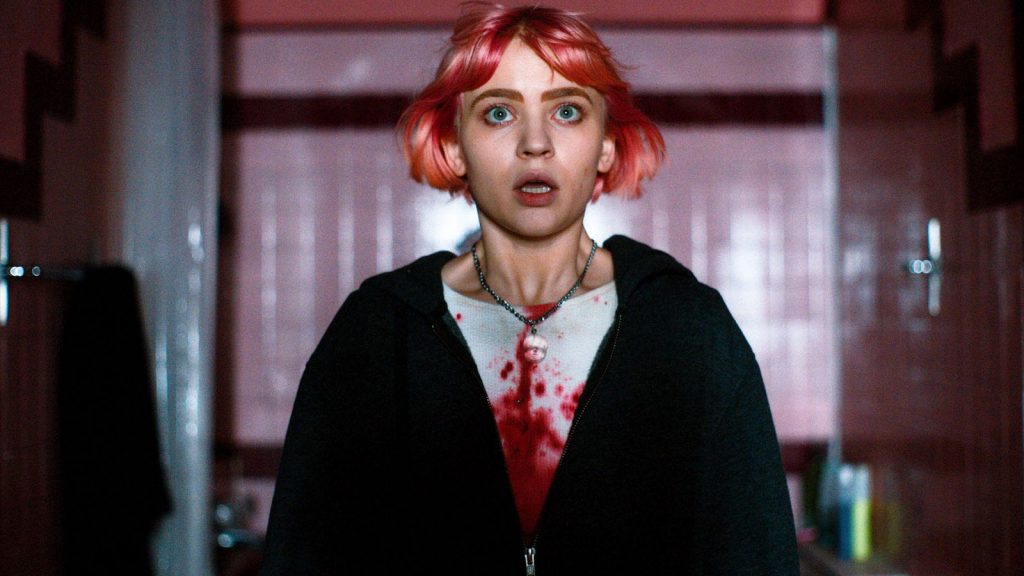
Beast is a lot of movies in one package - fractured fairy tale, belated-coming-of-age story, psychological drama, regional horror film - but above all it's a calling card for its leading lady, Jessie Buckley.
READ MORE >
BY LAURA KERN | Month 00, 2021